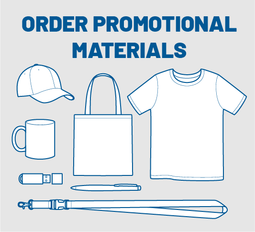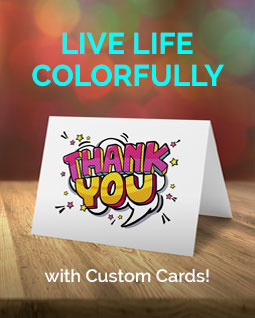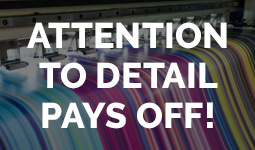What are the size limits for first-class postcards?
All postcards are not created equal, at least in the eyes of the USPS. In order to qualify for the special first-class postcard rate, a card must be rectangular in shape, at least 3.5 inches high x 5 inches long x 0.007 inches thick, and no more than 6 inches high x 9 inches long x 0.016 inches thick. Postcards that do not meet these regulations are treated as normal mail.
So why would you consider a different size for your postcard? For starters, a larger size stands out better in a pile of mail. It also offers added real estate for offers, images, and text about your products and services.
If you're not concerned about meeting the USPS guidelines for postcard rates, you might consider a slightly larger postcard (5 x 7, 5.5 x 8.5, or 6 x 9) to take advantage of these added benefits.
?







